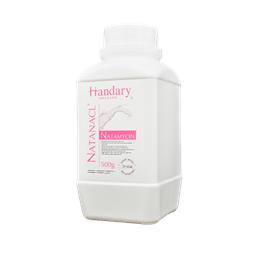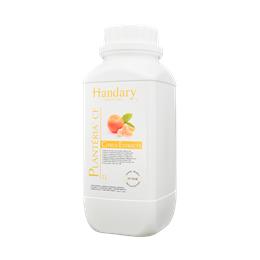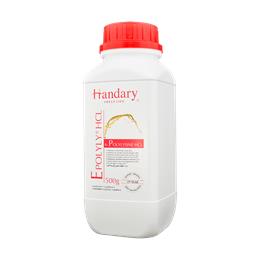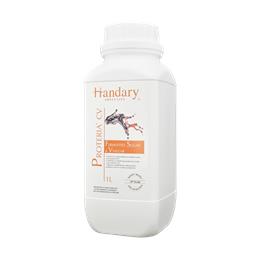Description
Cooked vegetables are vegetables that have been heated through various cooking methods such as boiling, steaming, sautéing, roasting, grilling, or baking until they are tender and ready to eat. Cooking can soften the texture of vegetables and enhance their flavor, making them more palatable and easier to digest. The appearance, taste, and texture of cooked vegetables can vary depending on the type of vegetable, cooking method, and cooking time. This category is often affected from Total Aerobic Bacteria and Yeast and Molds.
Yeast and Molds
Yeast and Molds in cooked vegetables can result in spoilage, causing the vegetables to have an off flavor, texture, and appearance.To ensure the safety and quality of cooked vegetables, it is important to handle them properly during preparation, cooking, and storage. This includes washing hands and utensils before and after handling vegetables, cooking them to the appropriate temperature, refrigerating them promptly after cooking, and consuming them within a few days. It is also important to note that certain molds can produce mycotoxins, which can be harmful to human health.
Total Aerobic Bacteria
Total Aerobic Bacteria in cooked vegetables can vary depending on factors such as the type of vegetable, cooking method, storage conditions, and length of storage. In general, properly cooked vegetables that are stored at the correct temperature and consumed within a few days will have low levels of aerobic bacteria. However, if cooked vegetables are stored at room temperature or for an extended period, they can become contaminated with microorganisms that can lead to spoilage and potentially cause foodborne illness
 English
English 简体中文
简体中文 Français
Français Español
Español





